Vietnam Tourist Mistakes: 11 Things You’ll Regret
Vietnam is one of Southeast Asia’s most exciting destinations, drawing travelers with its dramatic landscapes, rich history, vibrant street food culture, and buzzing cities like Hanoi and Ho Chi Minh City.
But as incredible as it is, there are plenty of Vietnam tourist mistakes that can seriously impact your trip if you’re not careful.
Some are simple oversights, like not checking the weather in the north (yes, it really does get chilly in Hanoi) or underestimating the traffic chaos.
After spending time traveling in Vietnam many times over the years, I’ve seen these mistakes happen again and again.
That’s why I’ve put together this list of the 10 biggest tourist mistakes in Vietnam to avoid, so you can skip the regrets and focus on what makes this country unforgettable.
Disrespecting Political Sensitivities
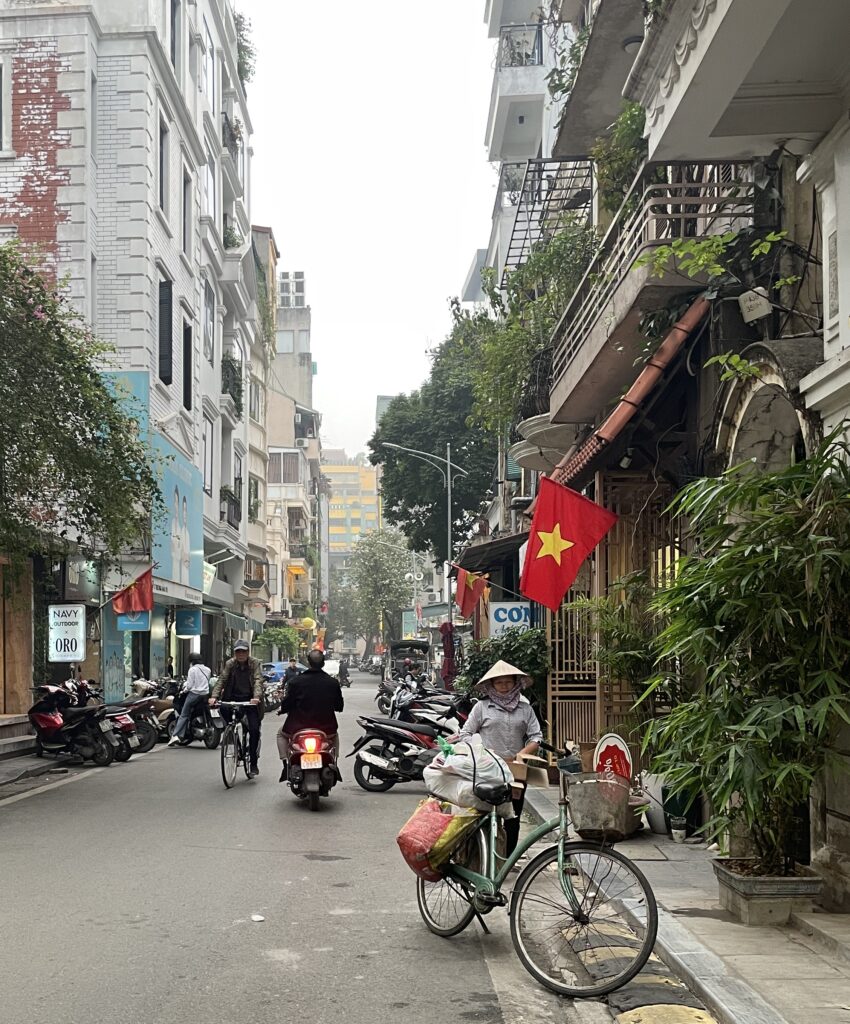
One of the most critical cultural mistakes you can make in Vietnam is casually bringing up politics.
Conversations about government or leadership can be highly sensitive, and voicing strong opinions, especially as an outsider, can come across as offensive or disrespectful.
Even jokes or “curious questions” can create awkwardness or offense, particularly in rural areas where perspectives may differ from your own.
Vietnam is a country proud of its resilience and history, and for travelers, the safest approach is to listen and learn rather than debate.
Stick to asking about food, culture, daily life, or travel recommendations. You’ll find locals far more open and eager to share when the conversation feels respectful and curious rather than confrontational.
Being Disrespectful at War & Historical Sites
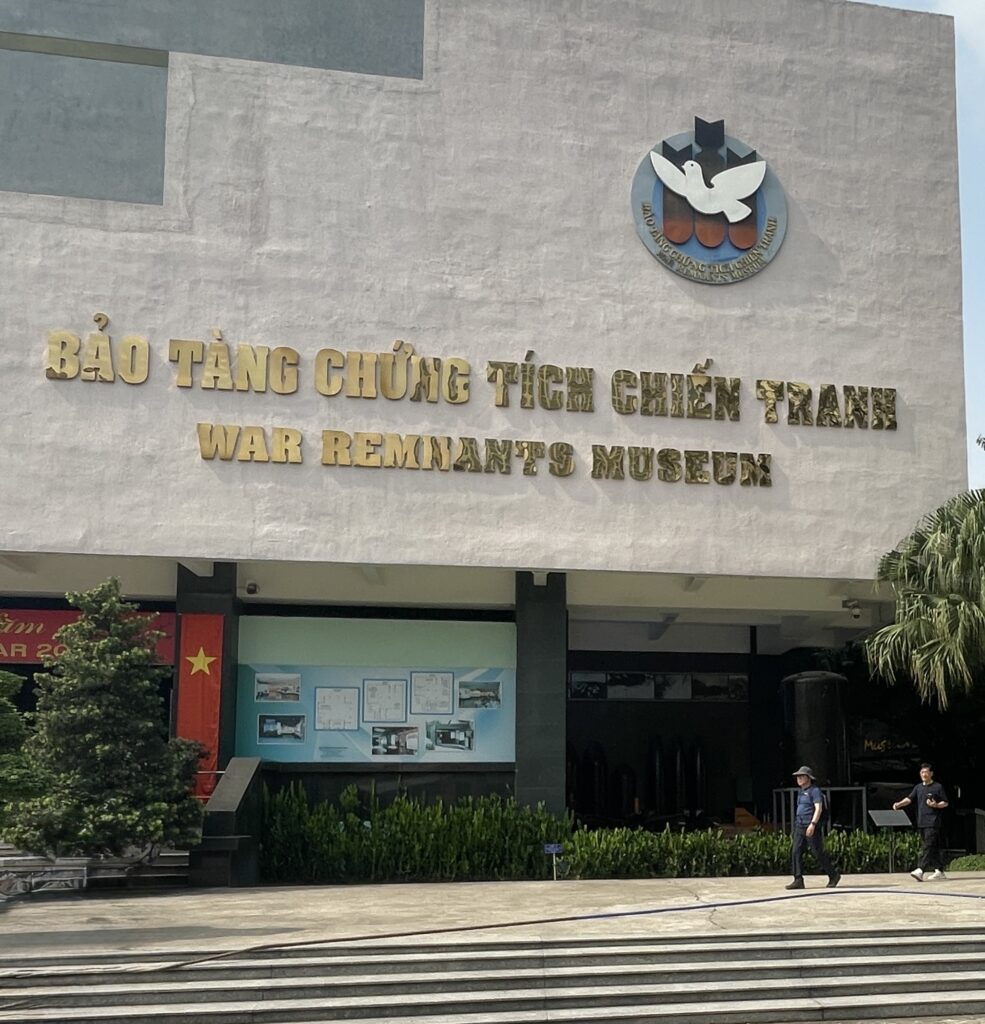
Vietnam has numerous memorials, museums, and historical landmarks associated with its wars and struggles for independence.
Places like the War Remnants Museum in Ho Chi Minh City or the Hoa Lo Prison in Hanoi hold deep emotional weight for locals, as do war cemeteries and monuments found throughout the country.
The War Remnants Museum is one of the most essential attractions in Ho Chi Minh City, offering a unique insight into Vietnam’s past.
Tourists sometimes make the mistake of treating these places casually, snapping silly selfies, laughing, or ignoring posted rules. That type of behavior is deeply offensive.
When visiting these sites, approach them with respect and consideration. Dress modestly, speak quietly, and take time to understand the history being presented.
Even if you don’t agree with every perspective, remember that these memorials are sacred to the people of Vietnam.
Renting a Scooter Without Experience
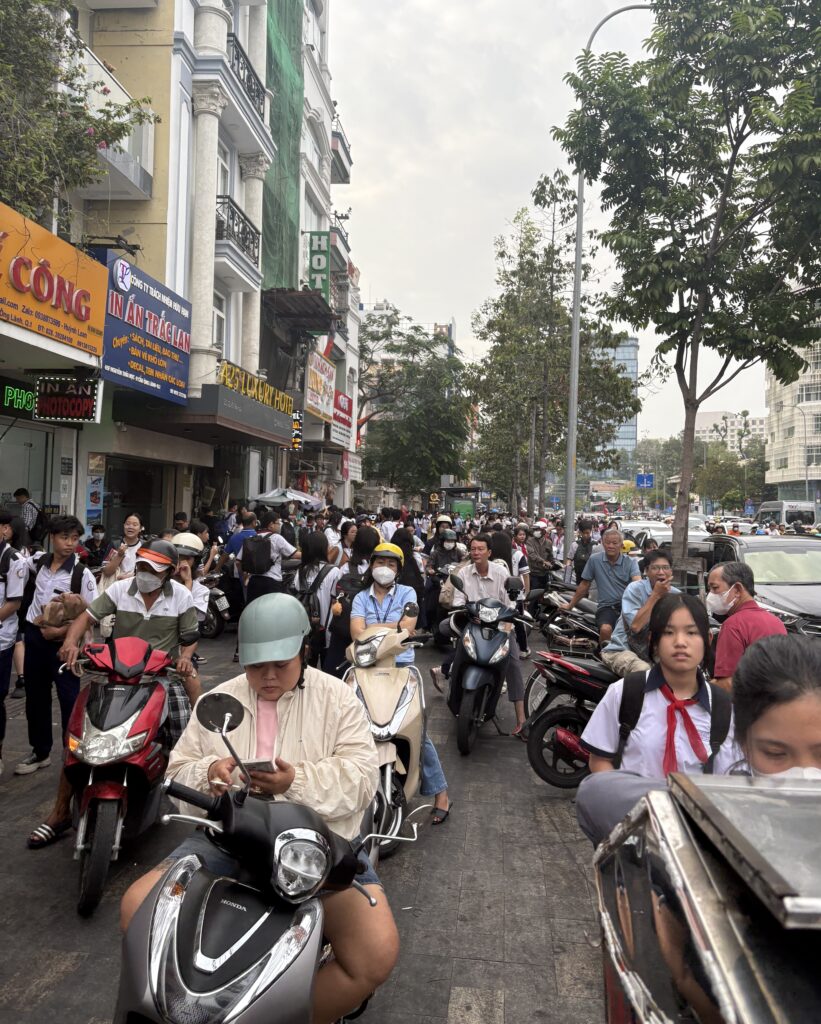
Scooters are everywhere in Vietnam, and it’s tempting to rent one to feel like a local.
However, this is one of the most common safety mistakes in Vietnam you’ll regret if you’re not prepared as a tourist. Traffic here is chaotic, in cities like Hanoi and Ho Chi Minh City, millions of motorbikes weave in every direction, often ignoring traffic lights.
Accidents are common, and many travelers ride without proper experience, licenses, or insurance.
If something goes wrong, not only is your safety at risk, but your travel insurance will likely refuse coverage if you were driving illegally.
For peace of mind, one of the best travel tips for Vietnam is to avoid renting a scooter unless you’re truly experienced and opt for safer transport options, such as Grab, taxis, or trains.
Not Researching Weather by Region
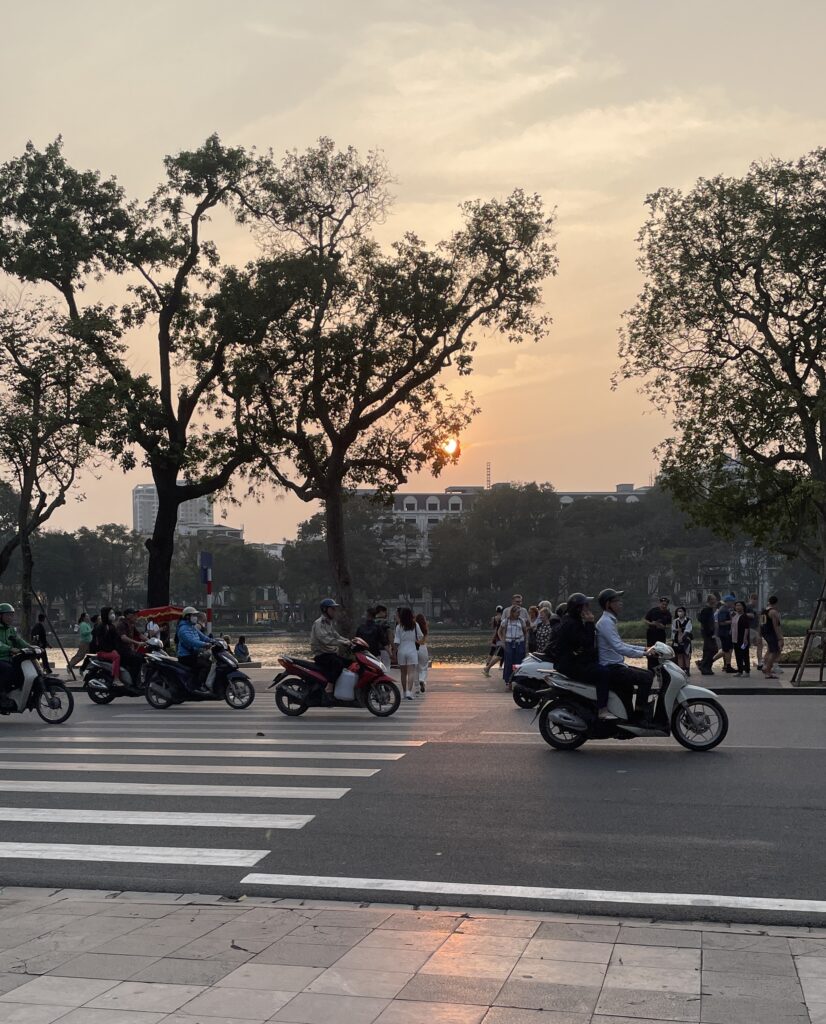
Unlike Thailand, Vietnam’s weather varies dramatically from north to south. Hanoi and the northern highlands can experience surprisingly cold temperatures between December and February, with temperatures dropping into the single digits (Celsius).
Meanwhile, central Vietnam (Hue, Hoi An, Da Nang) often faces typhoons and heavy rains during the autumn months, while the south, Ho Chi Minh City and its surroundings, remain hot and humid nearly year-round.
Many first-time visitors pack only for tropical weather, only to regret not bringing a jacket to Hanoi or planning a beach trip to Hoi An during storm season.
Before your trip, check the seasonal patterns for each region to plan accordingly. This way, you’ll avoid being caught off guard and make the most of Vietnam’s beaches, mountains, and cities.
Falling for Common Scams
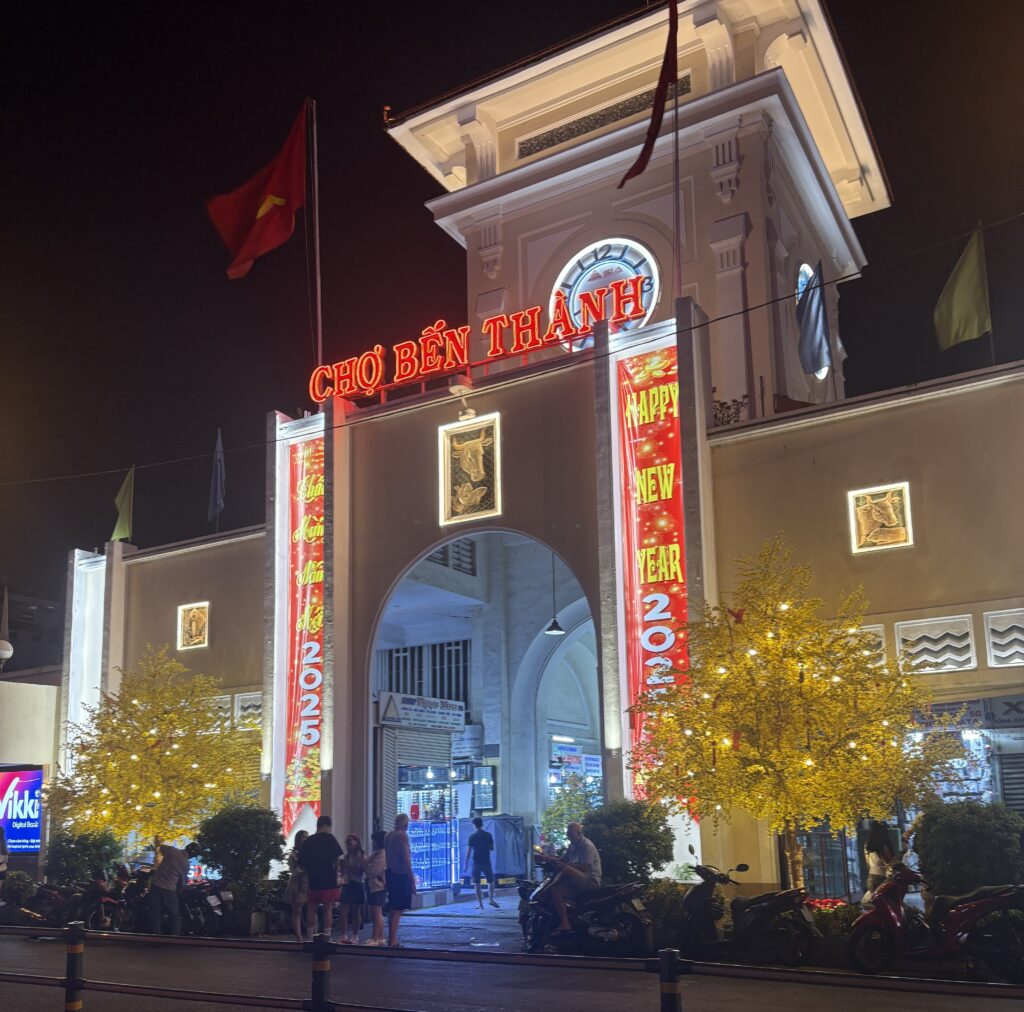
Vietnam is generally safe, but like many tourist destinations, tourist scams in Vietnam exist. Common examples include inflated taxi fares, rigged taxi meters, overcharging at markets, or tour operators failing to deliver on their promises.
One regret travelers share is not being prepared for these situations. The result? Paying double or triple for simple services or wasting time on low-quality tours.
The fix is simple: use trusted apps like Grab for rides, agree on prices in advance at markets, and book tours through reputable platforms or highly rated companies. A little research and awareness save both money and frustration.
Only Visiting the Big 3 (Hanoi, Da Nang, Ho Chi Minh City)

Hanoi, Da Nang, and Ho Chi Minh City are incredible destinations, but limiting yourself to just these three is one of the most common mistakes tourists make in Vietnam.
While there are plenty of must-do attractions in Hanoi, from its Old Quarter to historic temples, Vietnam’s magic often lies outside the big cities, in places like Sapa’s mountain villages, the karst landscapes of Ninh Binh, the ancient streets of Hoi An, or the floating markets of the Mekong Delta.
These areas showcase the diversity and authenticity that many travelers say were the highlights of their trip.
If you stick only to the Big 3, you’ll miss out on the rural charm, unique regional cuisines, and cultural depth that make Vietnam truly unforgettable.
Relying Too Much on Western Food
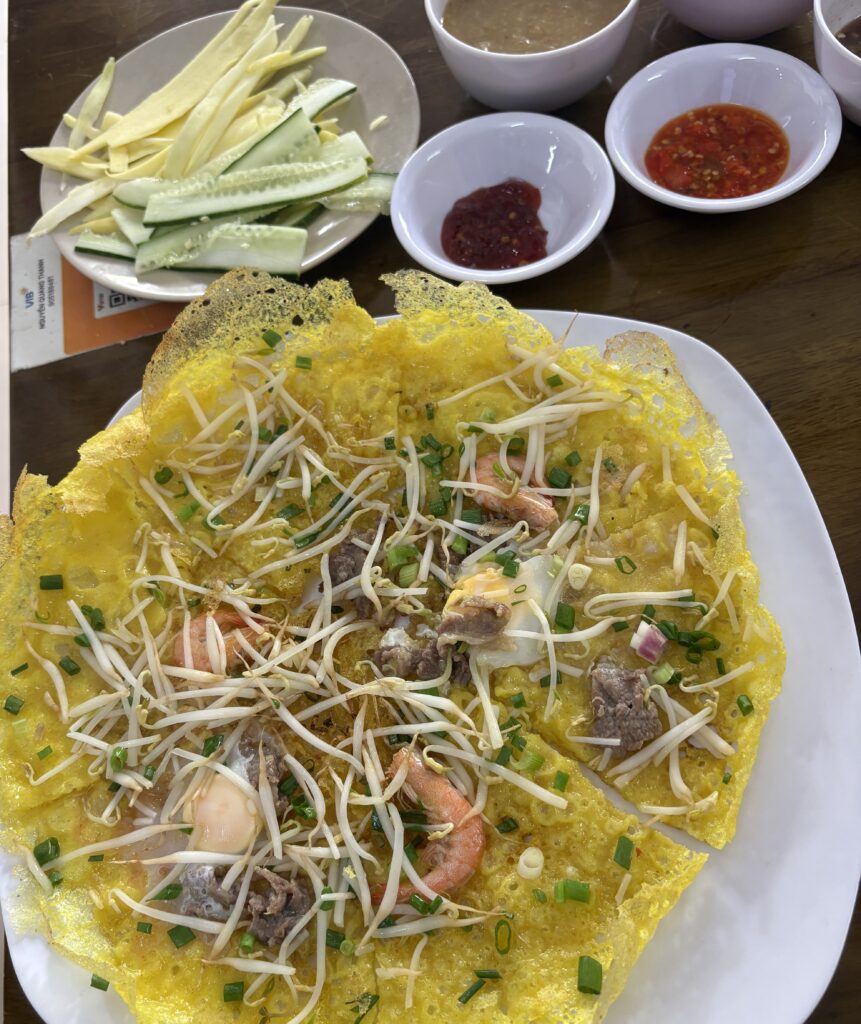
Vietnamese food is one of the country’s highlights, yet many tourists stick to Western restaurants or order only banh mi and pho without exploring further.
Not only is this limiting, but Western-style meals are often more expensive and less satisfying compared to fresh Vietnamese dishes.
Travelers who avoid local food miss out on regional specialties like Pho in Hanoi, Cao Lau in Hoi An, Bo Kho in HCMC, or fresh seafood in Da Nang.
If you’re concerned about food safety in Vietnam, opt for stalls with high turnover and meals served hot.
Eating where locals eat is not just cheaper, it’s one of the best ways to connect with the culture.
Disrespecting Local Etiquette
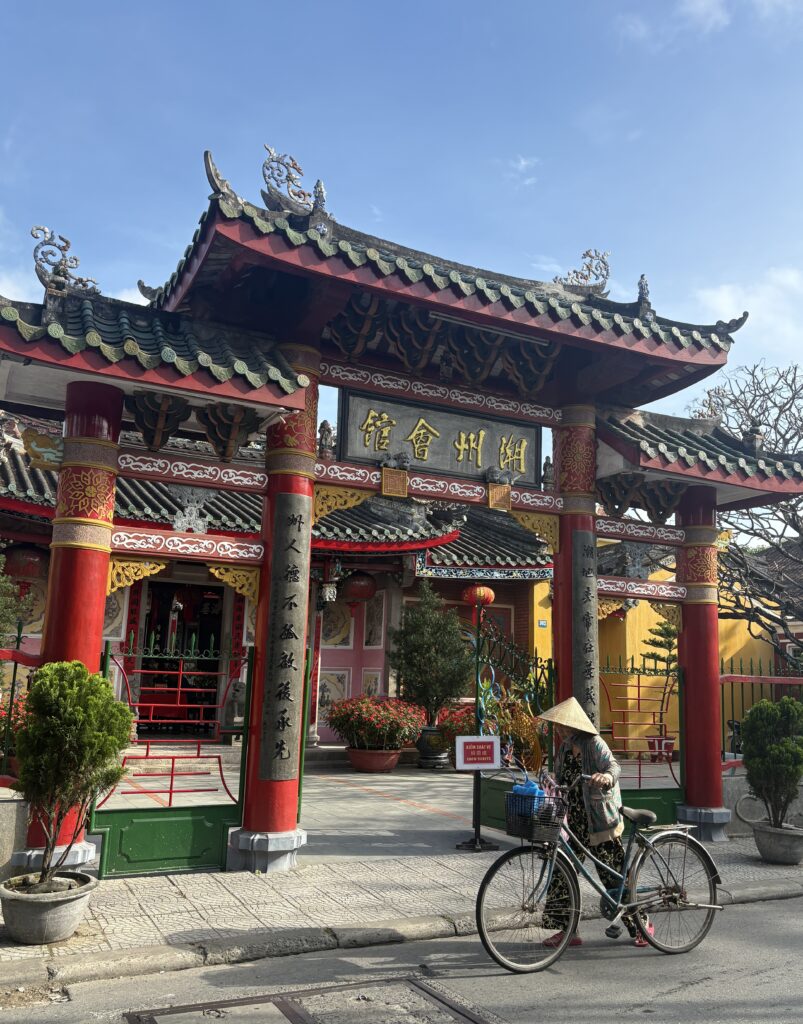
Vietnamese people are welcoming and friendly, but cultural missteps can leave a bad impression.
One of the biggest mistakes is being careless with etiquette in Vietnam, whether at temples, monuments, or in daily interactions.
Cover shoulders and knees when visiting religious sites, remove shoes before entering homes or temples, and avoid overly loud or disruptive behavior in public spaces.
Speaking negatively about the government or politics is also sensitive here and should be avoided.
Showing small gestures of respect goes a long way; things like learning to say “xin chào” (hello) and “cảm ơn” (thank you) are appreciated.
Travelers who disregard these courtesies often regret possible negative encounters that could have been avoided. You’re a visitor; smile, greet, and it will go a long way during your visit!
Overpacking Your Itinerary
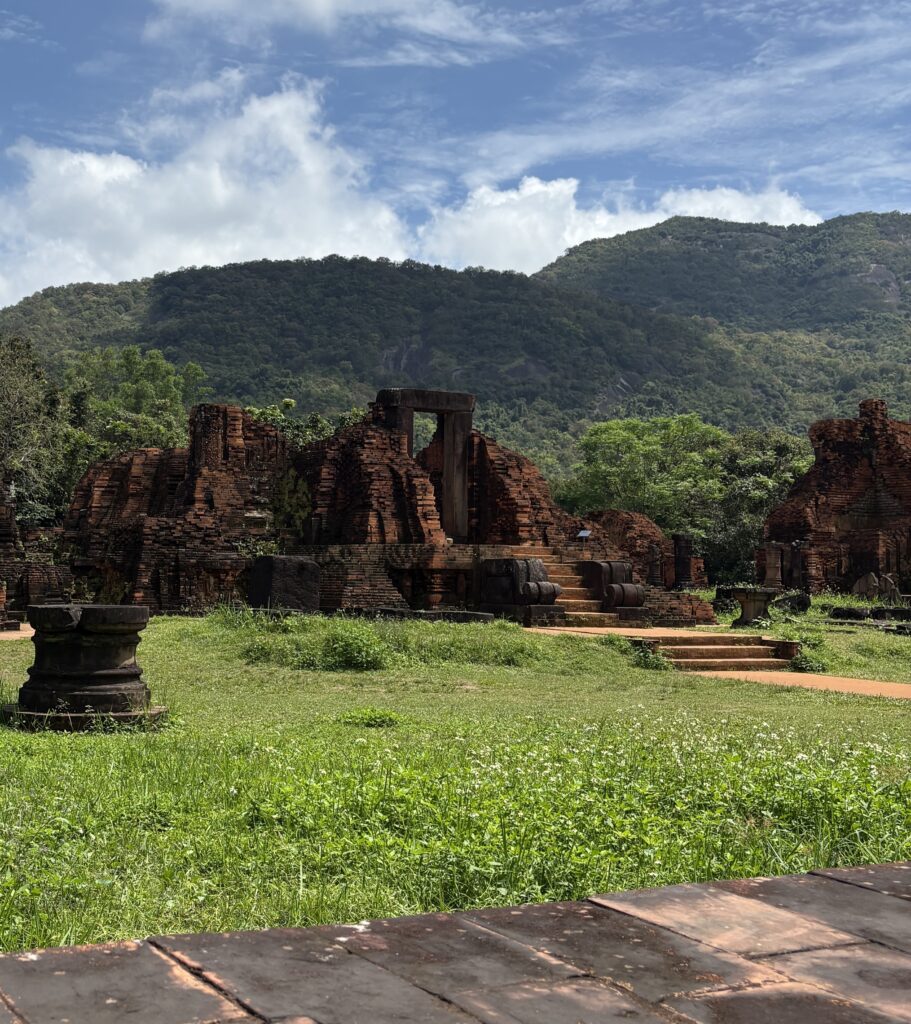
Vietnam is a long and narrow country, stretching over 1,600 km from north to south, with a list of must-visit destinations. A common mistake is trying to “see it all” in one trip, cramming Hanoi, Halong Bay, Sapa, Hue, Hoi An, Da Nang, Ho Chi Minh City, the Mekong Delta, and Phu Quoc into just two weeks.
On paper, it looks doable. In reality, you’ll spend most of your time on buses, trains, or planes instead of actually enjoying the country.
Instead, choose a focus. Spend two weeks exploring north and central Vietnam, or north and south.
For inspiration on how to pace your travels, check out this 2-week itinerary for Vietnam, which balances major highlights with enough breathing room to enjoy them.
Missing Out on Cultural Experiences
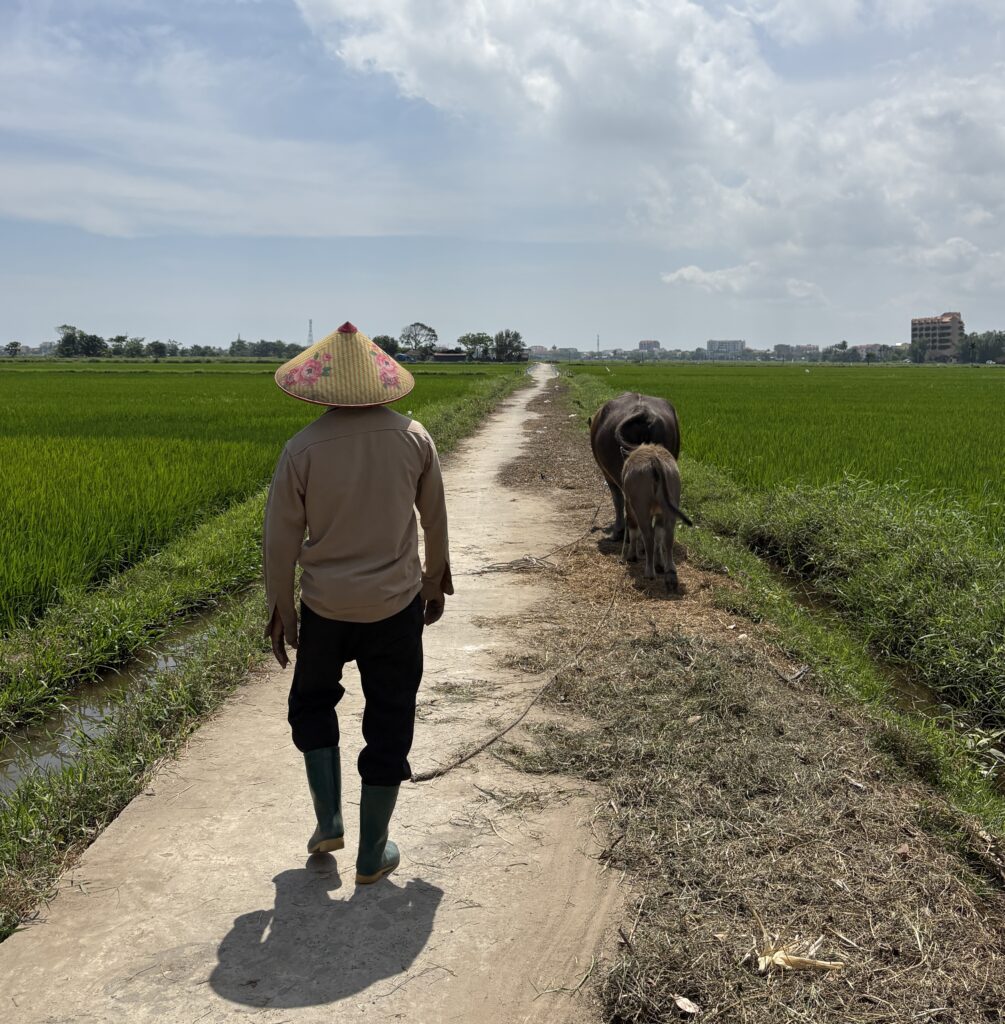
Many tourists in Vietnam stick only to major attractions or the well-trodden backpacker streets, missing the cultural richness that lies just beyond.
Spending a night in a homestay in Sapa, cycling through rice fields in Ninh Binh, or wandering local markets in Can Tho are experiences that often become the highlight of a trip.
Yet many travelers skip them because they seem “inconvenient” compared to staying in tourist hubs.
Vietnam, compared to Thailand, still feels 20–25 years behind in terms of mass tourism, and that’s a good thing.
Even in popular cities, it’s easier to find authentic cultural encounters and less touristy neighborhoods. Don’t miss the chance to experience them.
Not Understanding the “Saigon or Ho Chi Minh City”
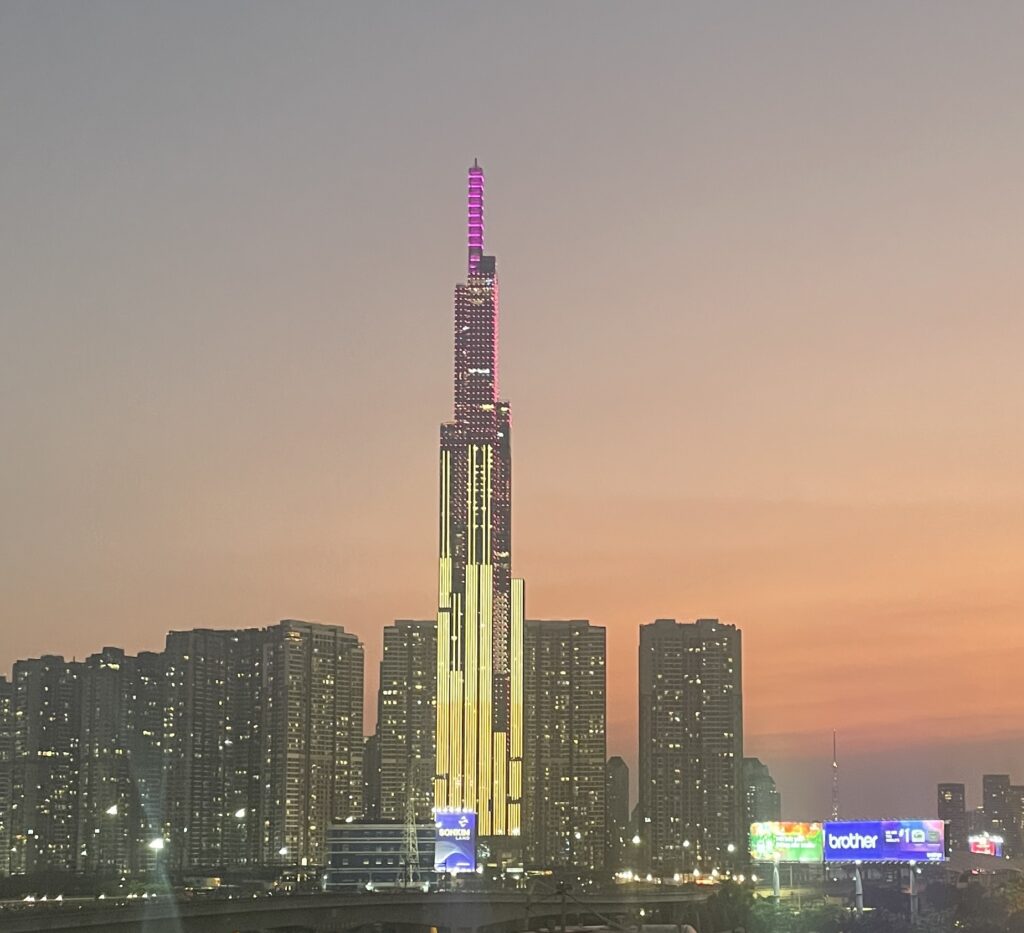
Many first-time travelers, myself included on my first visit, don’t realize that there’s still a cultural and political divide when it comes to the name of Vietnam’s largest southern city.
Officially, it’s Ho Chi Minh City, renamed after the revolutionary leader who helped secure Vietnam’s independence. But many locals, especially in the south, continue to call it Saigon, the city’s former name.
You’ll even notice this yourself; the airport is still named Tan Son Nhat International Airport (SGN), using the old “Saigon” code. And in everyday conversations, it’s common to hear locals refer to their city as Saigon rather than Ho Chi Minh City.
If you find yourself chatting with locals and someone corrects you, don’t take offense; go along with how they prefer to call their home.
Personally, when I’m there, I use both, but I’m more likely to say Saigon when speaking with locals, since that’s how most of them still refer to it.
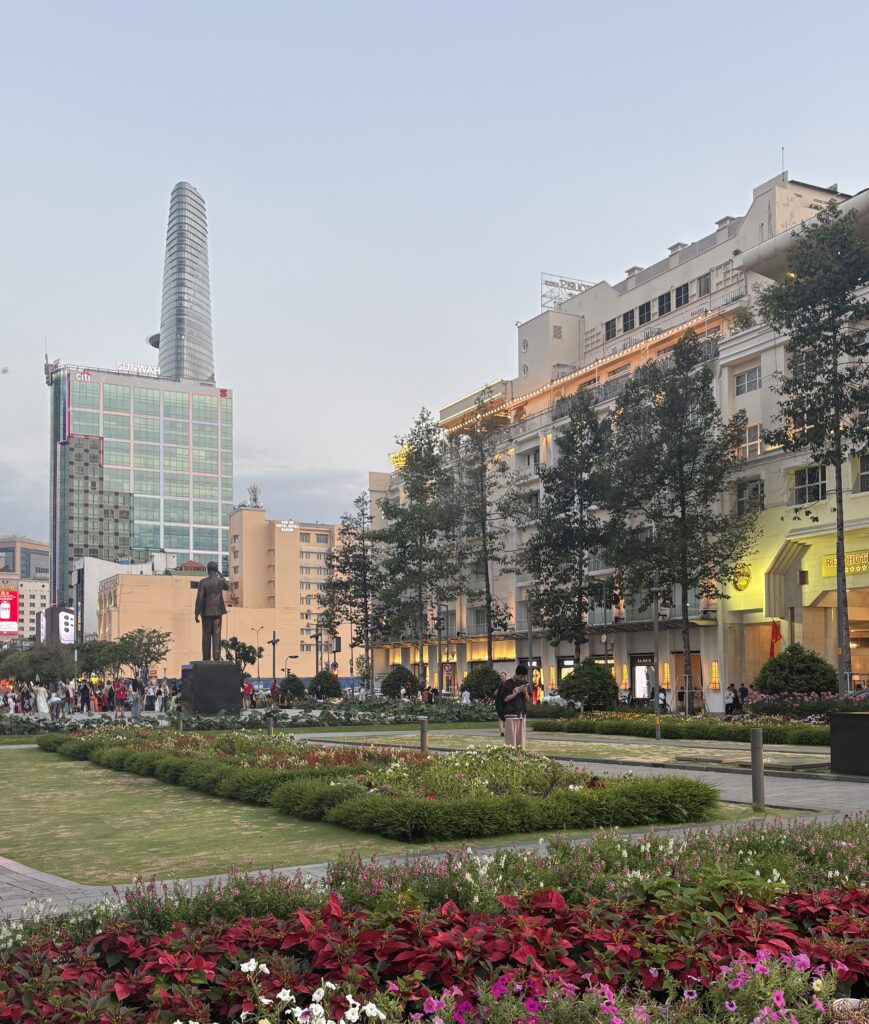
Final Thoughts on Tourist Mistakes to Avoid in Vietnam
Vietnam is one of the most rewarding countries in Southeast Asia, but it’s also easy to make missteps that take away from your trip.
From renting scooters without realizing the risks to rushing through too many cities, eating only Western food, or ignoring cultural sensitivities, these are the regrets you don’t want to bring home.
Vietnam is one of my favorite countries to visit. Ever since my first trip many years ago, I find myself returning year after year.
The locals are gracious and welcoming, the food is exceptional, and I must say I’ve never been anywhere in the world where the vegetables are as fresh as they are here.
The passion that goes into the cuisine, combined with the cultural sites and diverse landscapes, makes Vietnam a country worth revisiting time and time again.
With a bit of awareness and planning, you can avoid the typical tourist mistakes in Vietnam and instead thoroughly enjoy Vietnam’s coffee, street food, scenery, and culture that make this place unforgettable.
One simple way to plan smarter is by using the right apps for Vietnam; they’ll help with everything from booking rides to avoiding tourist traps.
The best way to experience Vietnam? Slow down, stay flexible, and be open to the unexpected.
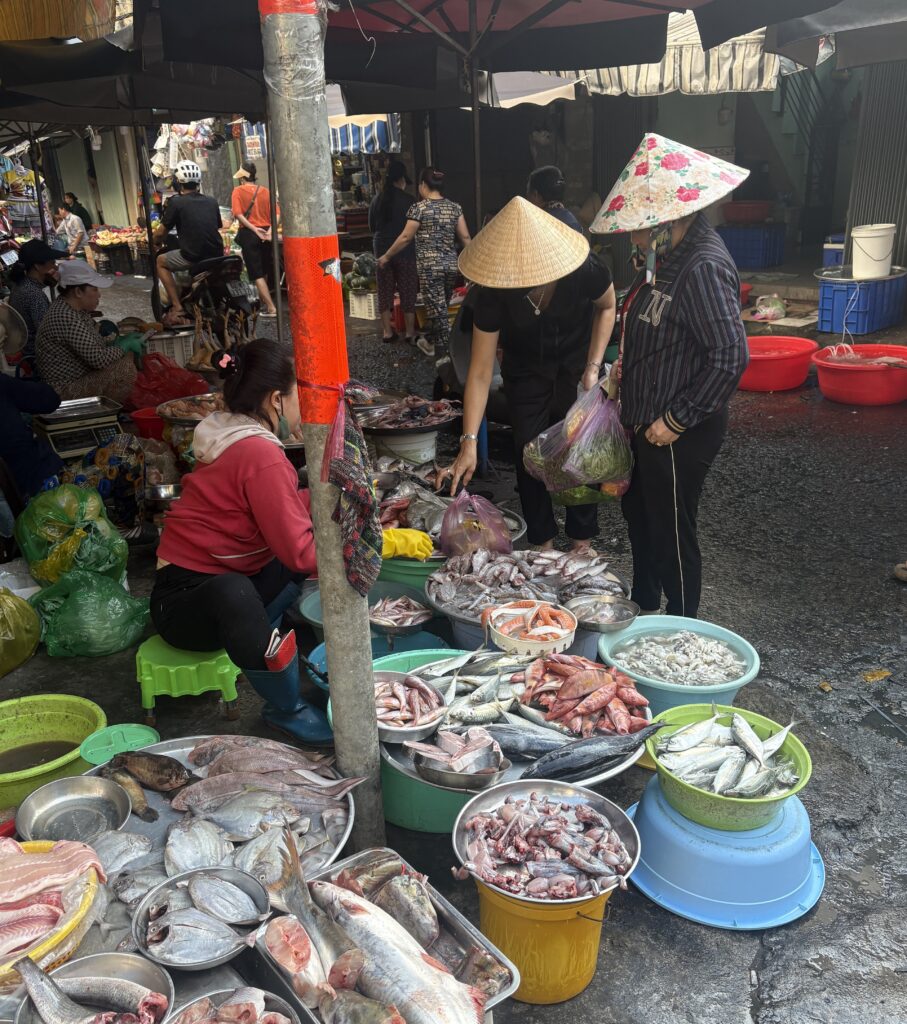
What are common mistakes tourists make in Vietnam?
The biggest mistakes tourists make in Vietnam include overpacking itineraries, renting scooters without experience, sticking only to Western food, and ignoring local etiquette. Slow down, respect culture, and plan realistically.
Is it safe to rent a scooter in Vietnam if I’ve never ridden before?
No, traffic is chaotic, and accidents are common. If you’ve never ridden, use Grab, taxis, or buses instead. If you do rent, wear a helmet and check your insurance.
How can I avoid scams in Vietnam?
Use Grab instead of random taxis, agree on prices before paying, and always count your change. Most locals are honest, but awareness helps avoid overcharging.
What etiquette should I follow in Vietnam?
Dress modestly at temples, avoid public affection, and don’t raise your voice. Skip political discussions, they’re sensitive. A smile and a show of respect go a long way.

